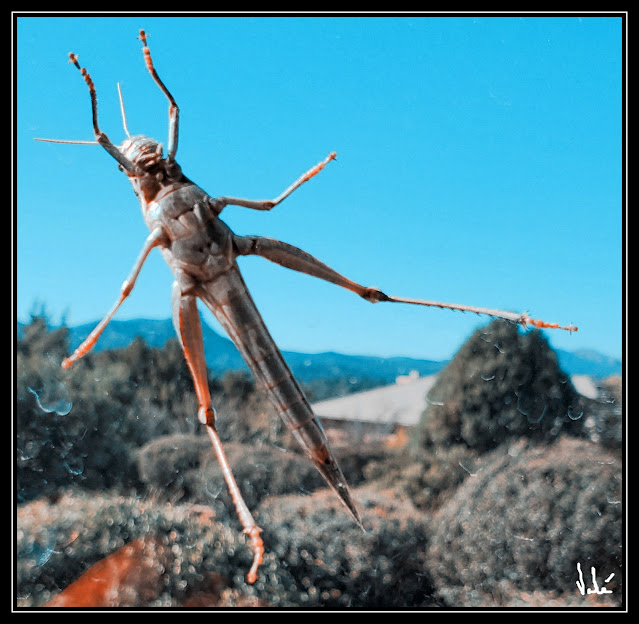“You have been here for almost a week and never left the conference center or your hotel. You have to see at least one temple in Hyderabad before you leave. I will take you to the Birla Mandir temple.”
It was 1998 and I was, along with a university colleague from Baltimore, teaching a course in India. I had walked in the streets of Calcutta in 1979 while working in the Persian Gulf, but on this trip to Mumbai and Hyderabad my time was fully consumed by academic work. So, I gladly agreed and let my newly met Indian colleague and scholar play tour guide.
An hour later the train got us to the Birla Mandir temple, all white and glowing under the afternoon sun. It is said that 2,000 tons of pure white marble were used over the 10 years of its construction. And built on a hill 85 meters high, the panoramic view of Hyderabad is breathtaking. The main temple is surrounded by shrines to various Hindu gods where visitors go to ask for favors from the Hindu gods and goddesses.
While impressed by the architecture and the lack of bells (so visitors can meditate undisturbed) I was interested in learning more about the various gods. So, we took a tour of the shrines.
“Why do Hindu gods and goddesses have multiple arms?” I asked after seeing the statues and paintings of Brahma, Lakshmi, Shiva and Saraswati.
And that enchanted my scholar friend to an explication that I recall today more vividly than most of the temple’s architecture.
“See, deity is an anthropomorphic concept be that in deism or religion. We, humans, represent supernatural powers in forms borrowed from human anatomy and our postures. But since they are cosmic and all powerful, we alter these appearances to reflect the various powers they have and tasks they accomplish. For example, the Goddess Lakshmi has four arms and four hands representing the human condition – desire, righteousness, wealth and liberation from the cycle of life. Brahma par contre has four heads, three showing and one invisible. He also has four arms and four hands but does not carry and weapons in those hands as other Hindu gods do. And yet, not all gods have human faces. For example Lord Ganesha has five heads that have elephant trunks instead of a human nose. And he carries an ax.
So, to understand how a god or deity is depicted, one has to start and accept the human proclivity to anthropomorphism.”
Here is a photo of a Brahma statue from Wikipedia site:
… When I looked at the grasshopper that landed on the outside of my window glass, I could not escape remembering that day in the Birla Mandir temple of Hyderabad.
I decided to take one close-up picture because the exoskeleton was perfect for a Halloween costume! But then, as if the grasshopper saw me on the other side of the glass panel, it started to move its arms. And that was when, reluctantly, I gave way to anthropomorphism…..
Here is the first photo
Then it “waved hello” to me when I took my second picture
And when I took a few more pictures, it seems to say “hurray!”
Hmm. Was it really looking at me?
And those four legs, each moving independently or in harmony, was there a message?
It is the mating season for colourfully “dressed” desert grasshoppers. When walking in the desert, thousands of them are around, often jumping and flying into my body. And sometimes, it is difficult not to interpret their movements or posture with an anthropomorphic penchant. For example, I took this photo believing that the male was carrying his female on his back as a gesture of love and caring. And when I looked at the photo, I almost believe that they were looking at me and thinking “why is he peeping at us when we try to be alone in a cactus?”
Look at their facial expressions -- the male seems really upset, while the female seems curious about my taking a picture!
Many Hindu gods sat in or atop a lotus leaf. The desert grasshoppers, folding their two legs and four arms, chose a prickly cactus.
October 17, 2021
© Vahé A. Kazandjian, 2021








No comments:
Post a Comment